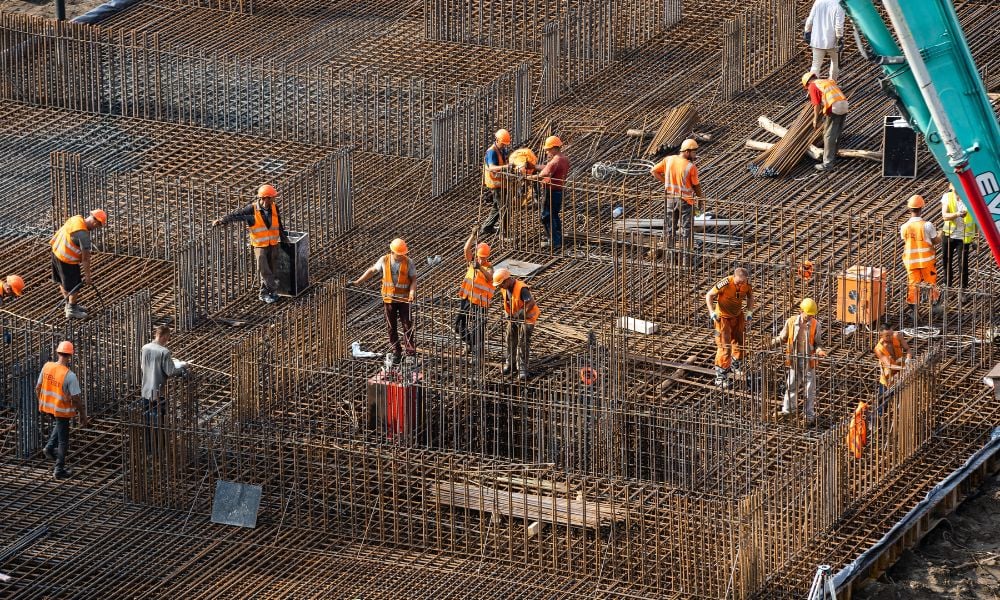ACA estimates it's causing a $60 billion drag on the economy

The Australian Constructors Association (ACA) is calling for urgent reforms to improve productivity in the construction industry—warning that without it, cost-of-living pressures will persist even with short-term budget relief in place.
ACA chief executive Jon Davies said the recent federal budget’s cost-of-living measures offer temporary support but fail to address the structural issues driving up prices.
“Band-aid solutions just push the problem further down the road. We need big-picture reforms that make construction more efficient, lower costs and ease pressure on households,” Davies said.
Construction is one of Australia’s largest industries, employing over 1.3 million people and contributing nearly 8% to the country’s GDP. Despite its size, the sector’s productivity has barely improved in the past 30 years and now sits more than 30% behind other major industries—a gap the ACA estimates costs the economy around $60 billion annually.
“Closing this productivity gap would ease labour shortages and reduce building costs,” Davies said.
With major public investments underway—including transport, defence, renewable energy, and Olympic-related projects—the ACA said the federal government has a key role in driving reform.
The association is part of the National Construction Industry Forum, which met this week to advocate for a National Blueprint focused on long-term changes. A core priority is overhauling procurement practices to move away from awarding contracts solely based on the lowest bid.
“It’s widely recognised by government, industry and unions that contracts should be awarded based on long-term value—factoring in innovation, efficiency, and risk management—not just the lowest price,” Davies said, warning that momentum could stall as the country approaches another federal election.
“With an election on the horizon, there’s a real risk of losing momentum. The next government must make construction productivity a national priority. Without change, the cost of homes, infrastructure, and essential services will continue to rise—leaving Australians to pay the price.”



